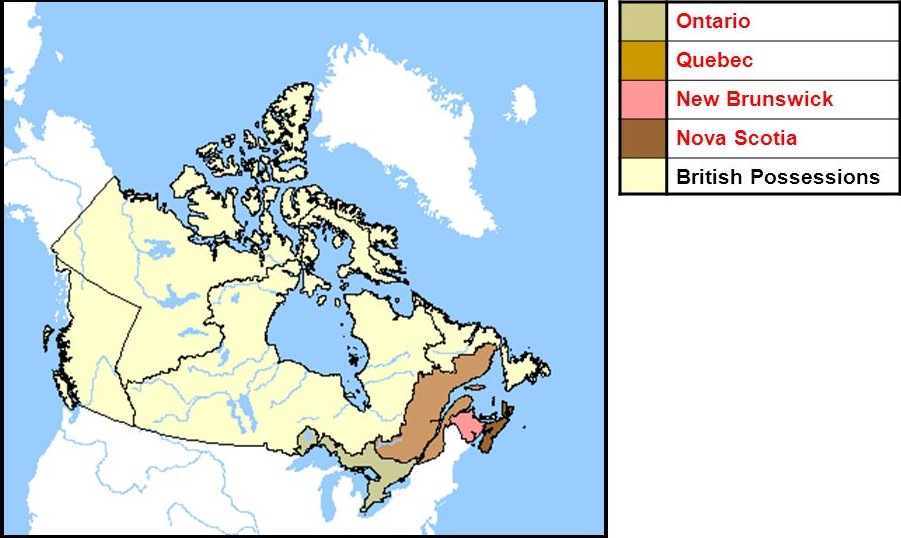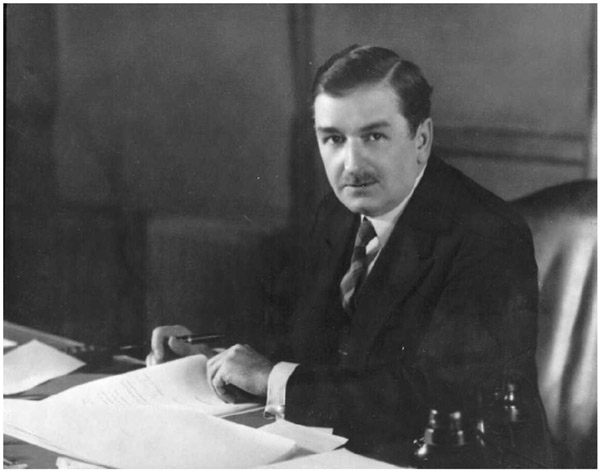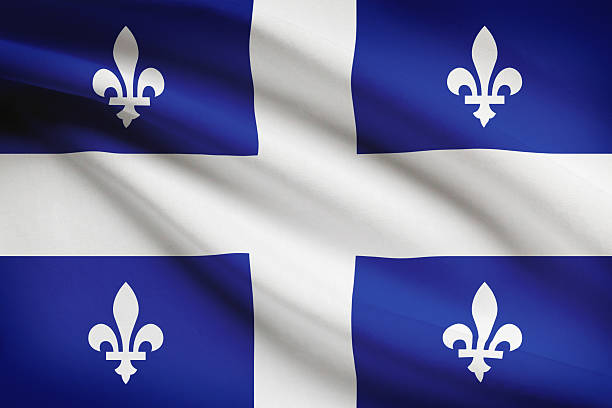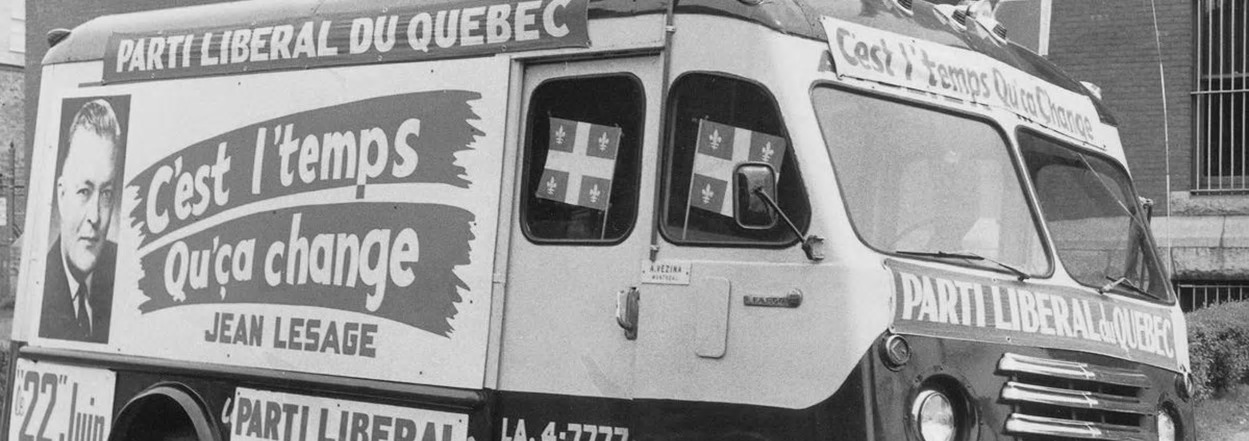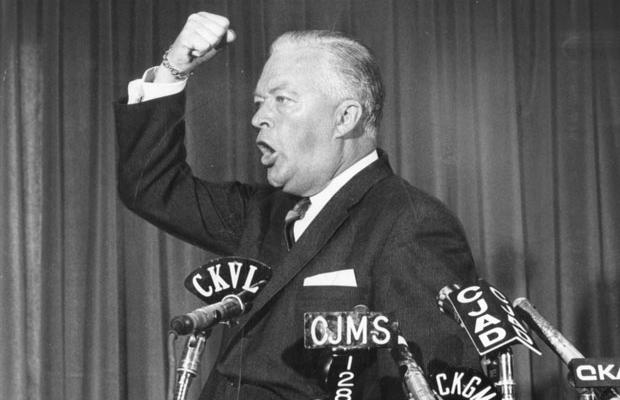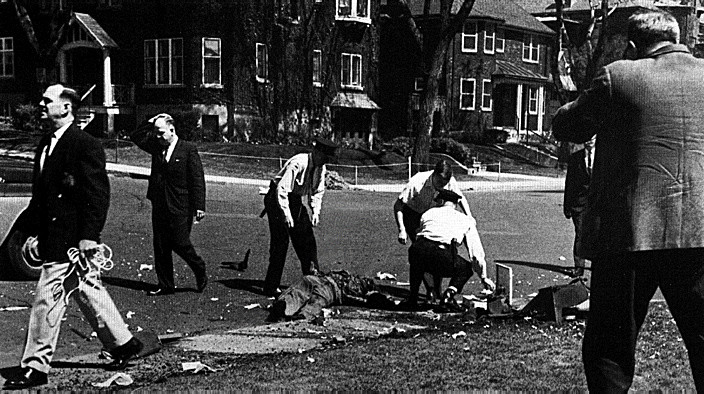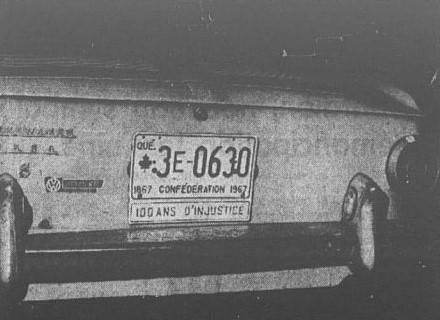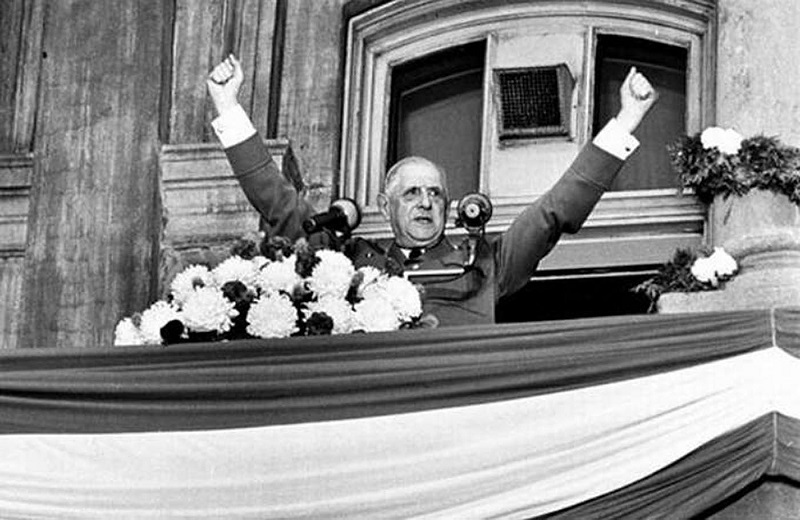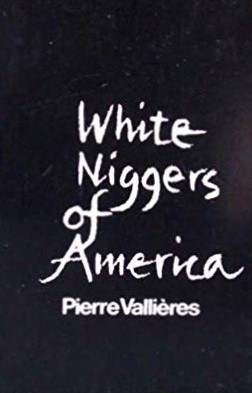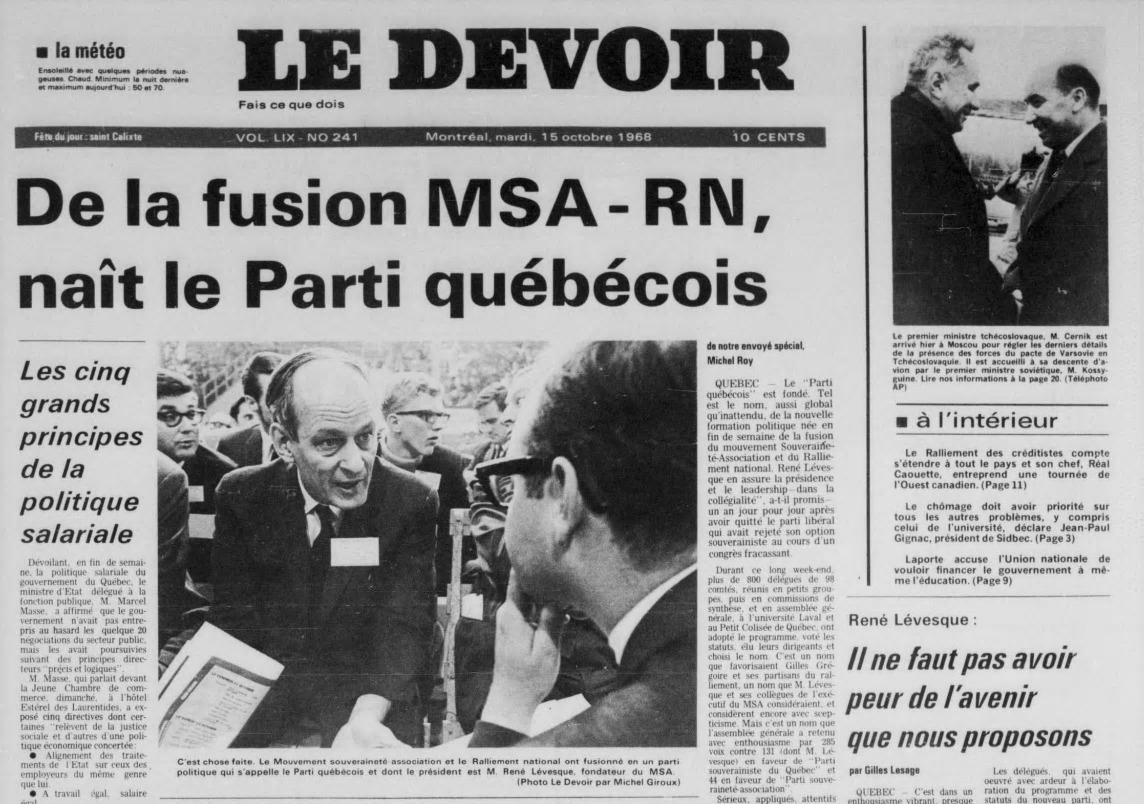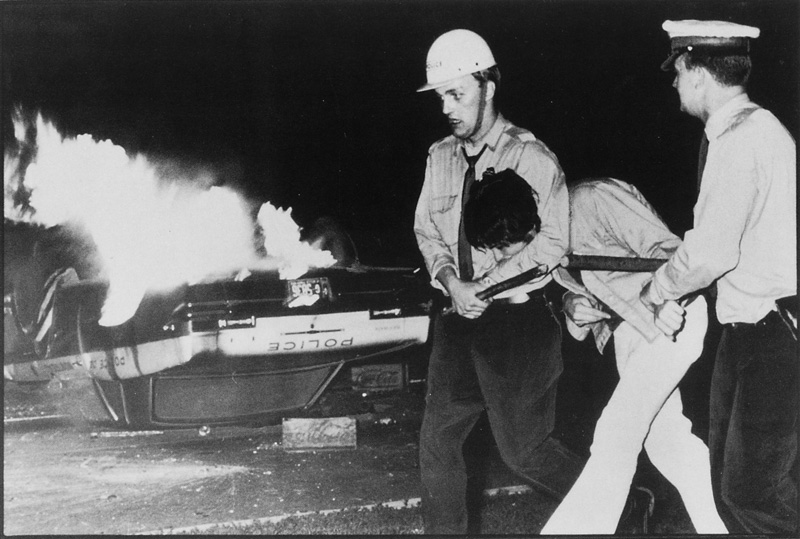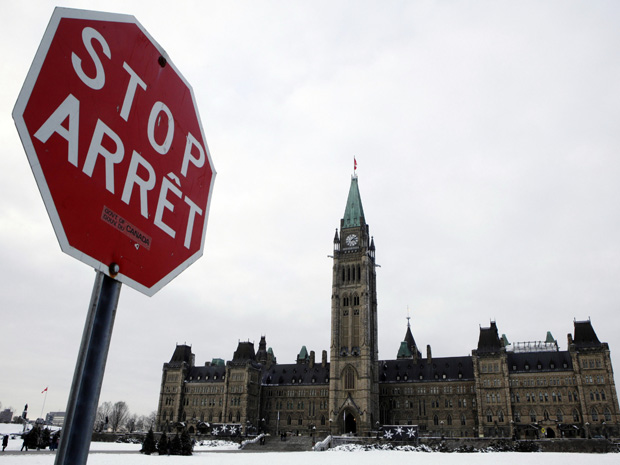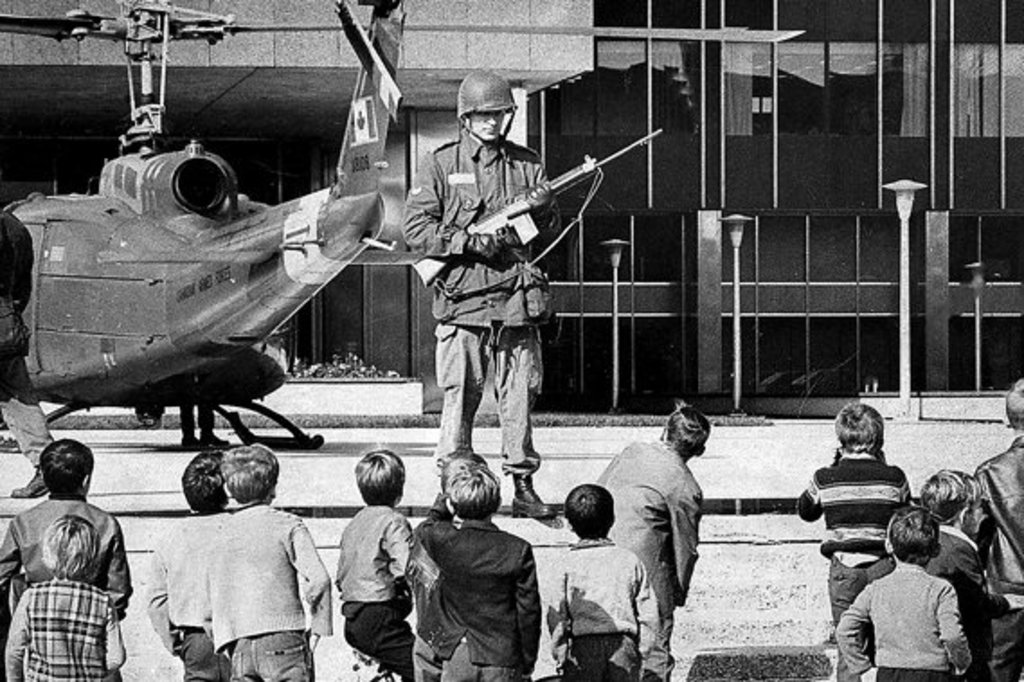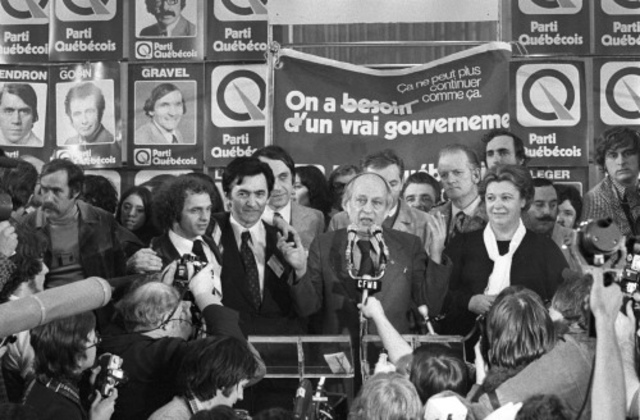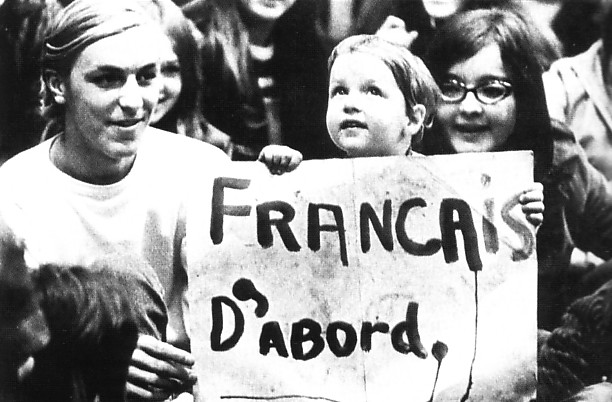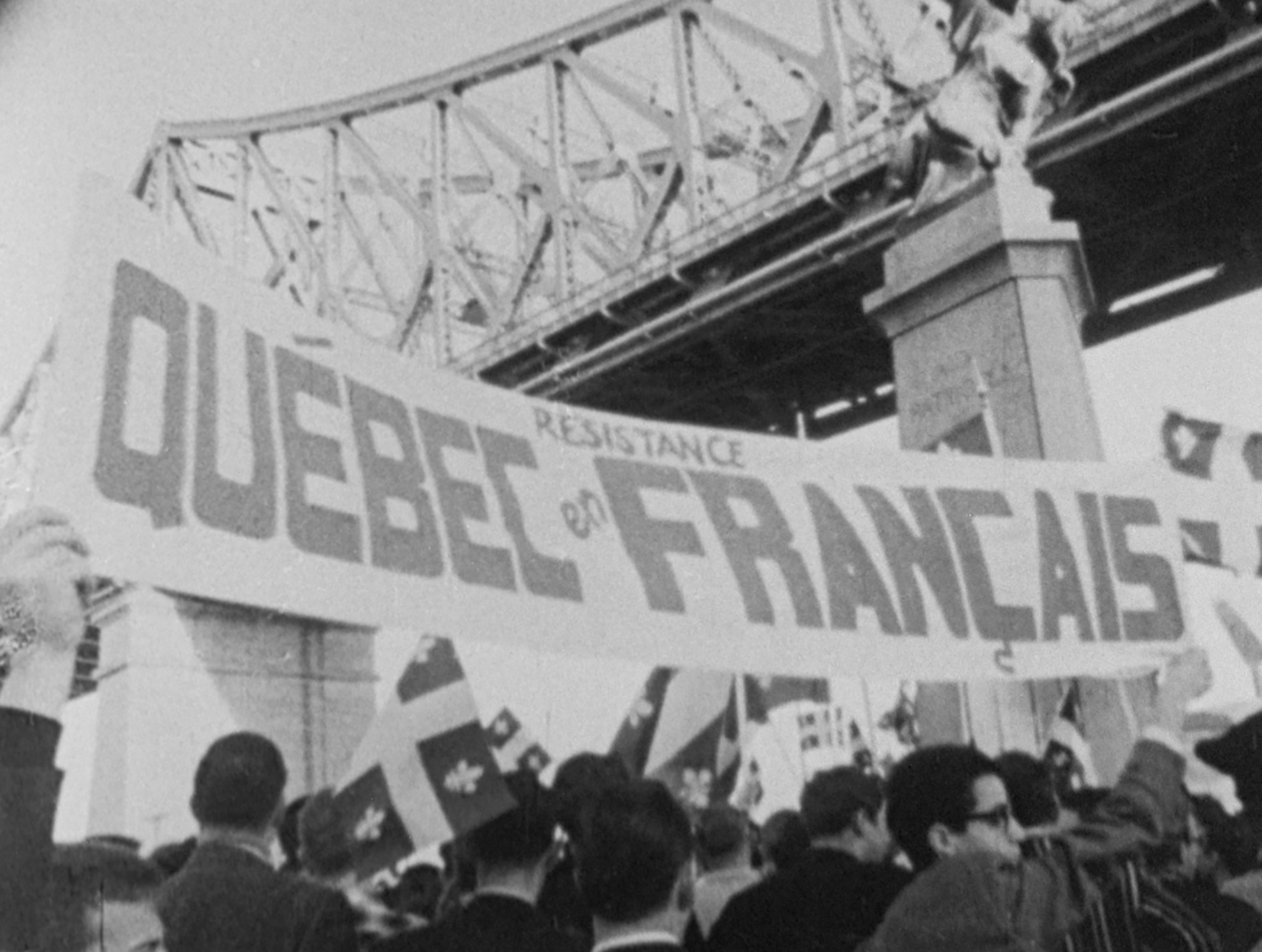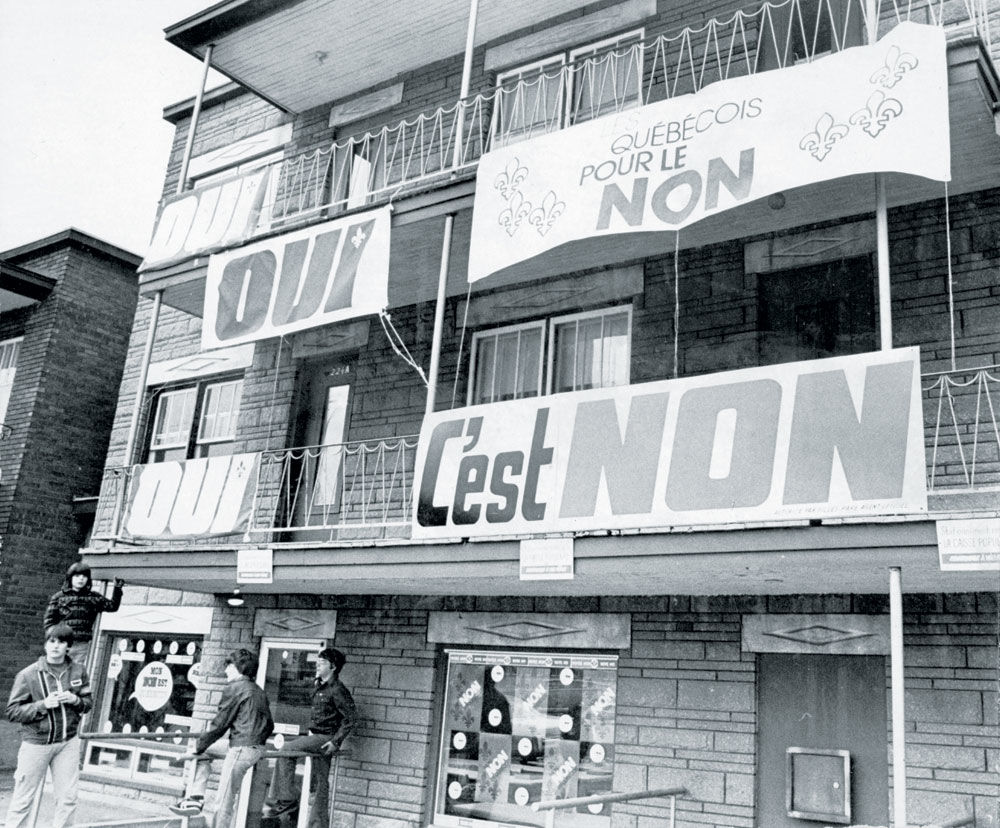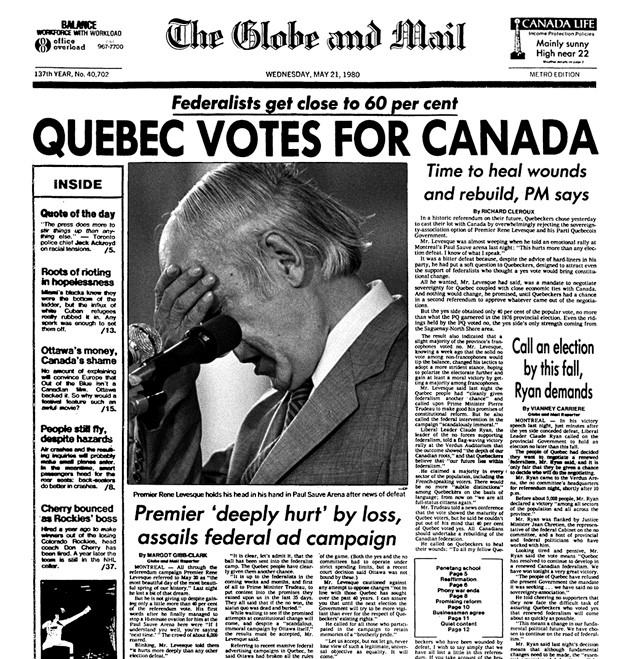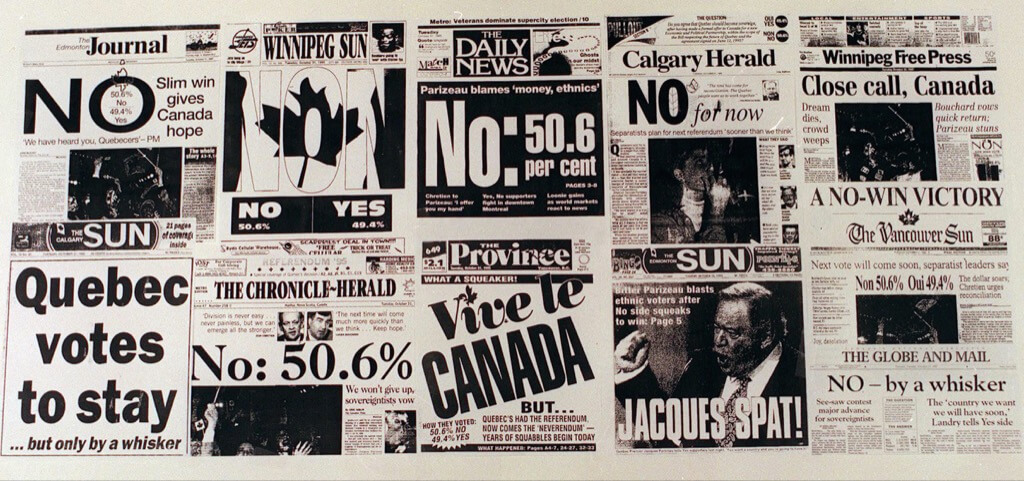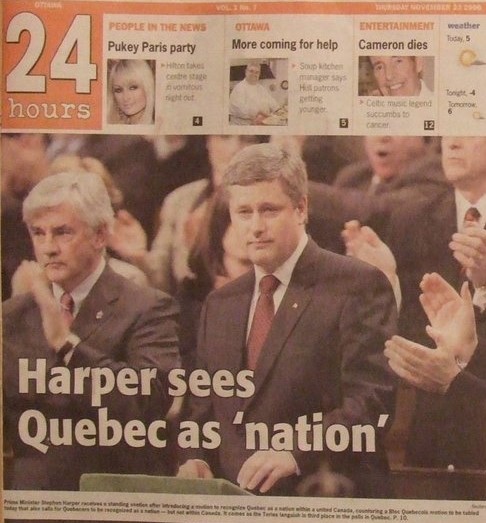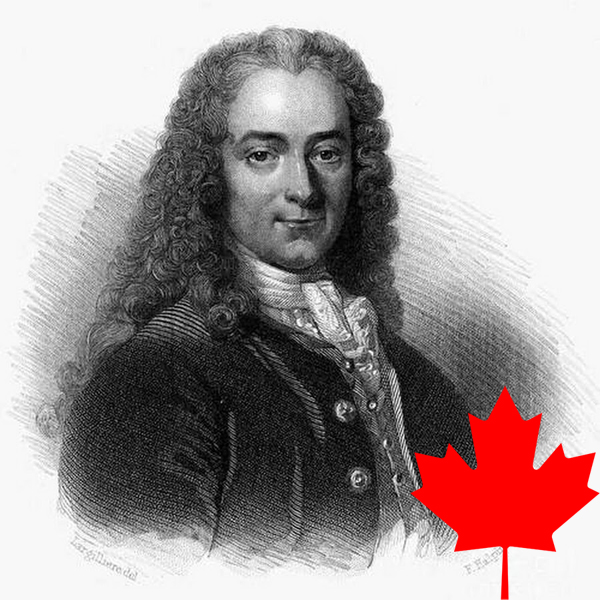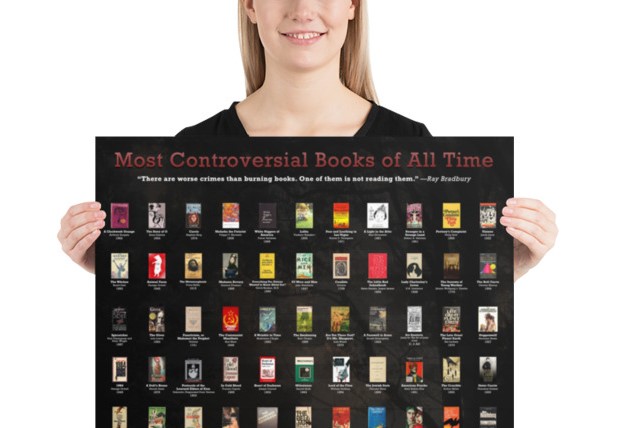1867
- The former colonies of Ontario, Quebec, Nova Scotia and New Brunswick became provinces in a new federation. “Confederation” is not the same thing but that was the official word they used and it stuck. For the following decades there was tension between the Catholic, French-speaking residents of Quebec and the English-speaking Protestants of other provinces. The sovereignist vision however was mainly debated among only politicians and intellectuals. An intellectual pioneer of French-Canadian nationalism is Henri Bourassa (1868 – 1952).
1930-1960
- Conservative nationalist politics were dominant in Quebec. One politician left a lasting legacy for that period: Maurice Duplessis. He led the conservative party Union Nationale and became the Premier of Quebec, 1936 to 1939 and 1944 to 1959. His emphasis on traditions, the role of the Catholic Church especially in its running of schools and hospitals, and his opposition to feminism, secularism, socialism and socialist nationalism is the reason his critics called his era “the Great Darkness” (La Grande Noirceur). He was in favor of more autonomy for Quebec but against its separation. The fervent nationalism he endorsed was one that did not antagonize English-speaking residents or out-of-province investors following WWII. Under his premiership a flag for Quebec was created in 1948. His death in September 1959, on the eve of the Quiet Revolution, is considered a historical marker of a new era for the province. His legacy still continues to polarize opinions.
1960-1970
- The Quiet Revolution
The election of Jean Lesage of Quebec Liberal Party marks the beginning of the Quiet Revolution (La Revolution Tranquille). The “revolutionary” changes were political and socio-cultural. The most important were the secularization of education and health, and a surge in the separatist movement. Jean Lesage is viewed as the father of the Quiet Revolution but there’s other important figures who moved Quebec in the same direction like Robert Bourassa who was elected in 1970. Why is it “quiet”? Because the radical changes happened without much resistance. For example, the Catholic leadership was accepting or even cooperative as the role of the Church was downgraded. Similar historical changes usually invite conflict as historically seen in places like France, Italy and Spain.
1963
- Front de Libération du Québec (FLQ) is founded. FLQ is a Marxist militant organisation whose goal is the overthrow of the government and the establishment of a socialist and independent Quebec. Initially they had little support from the public while they remained marginal. Their first bomb exploded in 1963 and their terrorist attacks continued until 1970 leaving behind eight dead.
1967
- Canada celebrated 100 years of confederacy (the Canadian Centennial). Debate was ignited around its benefits for common workers of Quebec. Some put on their license plates “100 ans d’injustice” (100 years of injustice).
- Expo 67 was a major event in the year-long celebration of Canada’s confederacy. Its purpose was an international exhibition of art, architecture and technology. During a speech the president of France, Charles de Gaulle, said “Vive le Québec libre !“ (Long live free Quebec!). The four words created a diplomatic situation since it signaled de Gaulle’s support for Quebec’s independence which was quickly condemned by Ottawa. Prime Minister, Lester B. Pearson, responded: “Canadians do not need to be liberated.” The public in Quebec however were excited and amused at his support.
1968
- White Niggers of America (Nègres blancs d’Amérique) is published by Pierre Vallières, one of the intellectual leaders of FLQ. The book called for violence to bring independence to Quebec.
- Parti Québécois is founded as a sovereignist and social-democratic political party who would play a great historical role a few years later.
- Pierre Trudeau is elected as Prime Minister (in office from 1968 to 1979). He’s a native of Montreal who was once a supporter of Quebec independence but his views had evolved to oppose it. (In 1908, the Pope had designated Saint John the Baptist as the patron saint of French Canadians. The celebration of his nativity over the decades became a national holiday for Quebec on June 24th.) In 1968, separatists were furious at the presence of Pierre Trudeau during the traditional annual parade of his hometown Montreal. They yelled: Trudeau traître, Trudeau vendu, à bas Trudeau (Trudeau traitor, Trudeau sold out, down with Trudeau). Protesters overturned the main float of Saint John, made from papier mâché, and the head broke off. Trudeau was praised by the rest of Canada for standing his ground and not fleeing protesters. However, the headless saint became highly symbolic of the tension of the times. The metaphor was used by Pierre Vallières in his diatribe against the Catholic Church in his controversial book.
1969
- Prime Minister Pierre Trudeau implements Official Languages Act making Canada bilingual. From that point on, French enjoyed a much more important role in Canada than before. Trudeau had hoped to stem the rise of separatism by promoting a pan-Canadian spirit but that showed limited success.
1970
- October Crisis (La crise d’octobre)
FLQ militants kidnapped two men: a British diplomat, James Cross, and the number 2 man in Quebec, Pierre Laporte, the Deputy Premier. Canadian Prime Minister, Trudeau, enforced the emergency laws of War Measures Act, for the only time in history during peacetime. More than 450 people were arrested without warrants and thrown behind bars. The decision was supported by the Permier of Quebec, Robert Bourassa. Pierre Laporte was killed but James Cross survived. In exchange for handing over James Cross, the kidnappers were given asylum in Cuba. By 1982, they all returned to Canada. During the crisis, the public across Canada, including Quebec, were in support of the use of force against the militants. The October Crisis was the climax point after which all various independist movements declared that only peaceful methods should be employed to achieve their goal, rather than a path of violence and terror.
1976
- Quebec elected its first separatist government, Parti Québécois (PQ), under the leadership of René Lévesque who promised to hold the first referendum on the issue of sovereignty.
1977
- Under the premiership of René Lévesque, a law called the Charter of the French Language (Bill 101) was implemented which made it a requirement that Quebeckers work in French and send their children to French schools. All communications and commercials have to be in French too. That bill is debated until today especially among parents who prefer to send their children to one of the few remaining English schools.
1980
- A referendum was finally held on whether “Quebec should pursue a path toward sovereignty.” The result: 40.44% yes and 59.56% no.
1995
- Another referendum was held. The result: 49.42% yes and 50.58% no.
2006
- Stephen Harper declares Quebec a nation within a united Canada. While it was front-page worthy in English Canada, the political gesture barely made it in local papers in Quebec.
Today
- After several historical dead-ends, the issue of independence seems to be settled, at least for now. But the Québécois concerns with protecting their French Canadian culture and language is unlikely to go away.
Another simplified view is the one presented by political scientist Léon Dion: four types of French Canadian nationalism: conservative, liberal, social-demococratic and socialist. We could map out these ideologies to the political map of Quebec as follows:
1. Conservative (before 1960) (an important figure is Maurice Duplessis)
Conservative Party: Not sovereignist
Coalition avenir Québec: Not sovereignist
2. Liberal (post-1960) (an important figure is Jean Lesage)
Liberal Party: Not sovereignist
3. Social-democratic (post-1970) (an important figure is René Lévesque)
Parti québécois: Sovereignist
Bloc québécois: Sovereignist
Québec solidaire: Sovereignist
New Democratic Party: Not sovereignist
4. Socialist (during the 1970s)
Communist Party: Sovereignist
You might also like:
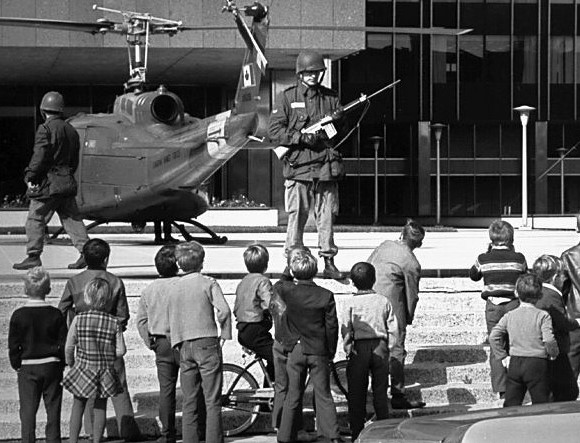
White Niggers of America: A call to arms by a Quebec terrorist
Summary of the book by Pierre Vallières, one of the leaders of Front de libération du Québec. Read the controversial quotes
BOOK: WHITE NIGGERS OF AMERICA
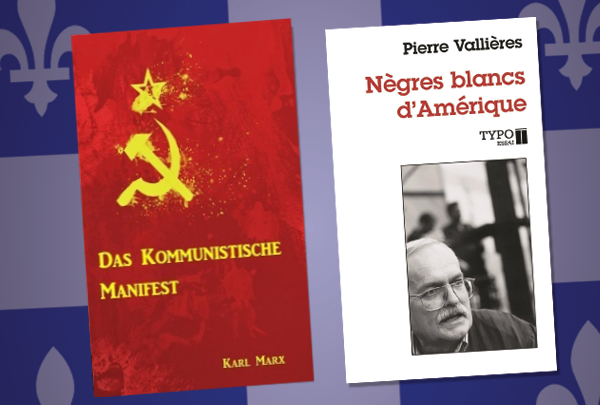
How Karl Marx inspired a French-Canadian terrorist
Seven communist ideas in White Niggers of America (1968) could be traced to the writings of Karl Marx
BOOK: WHITE NIGGERS OF AMERICA

